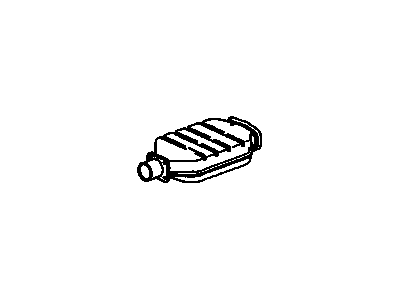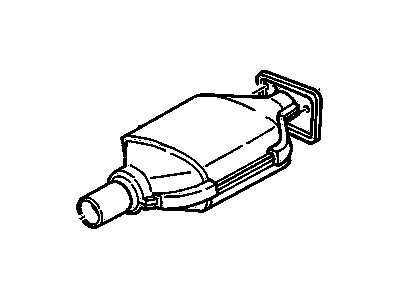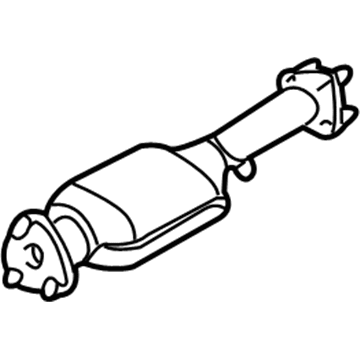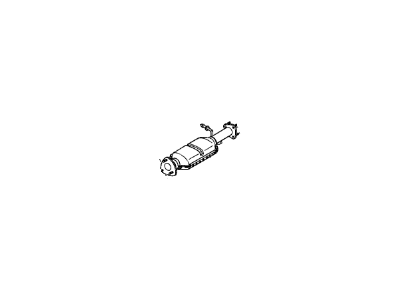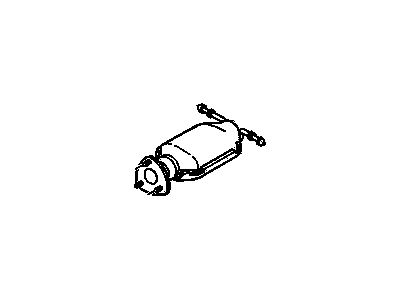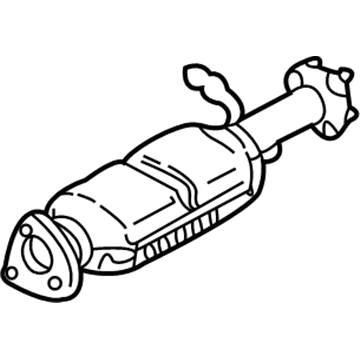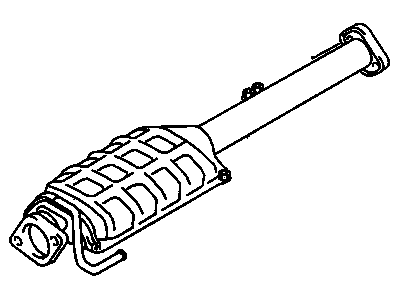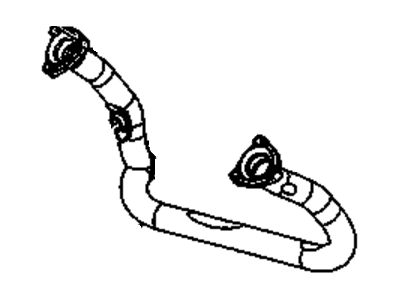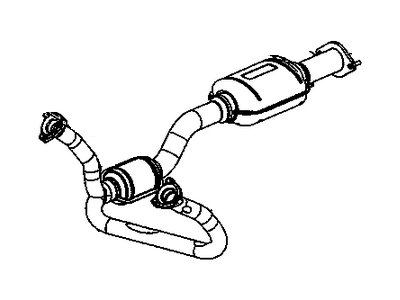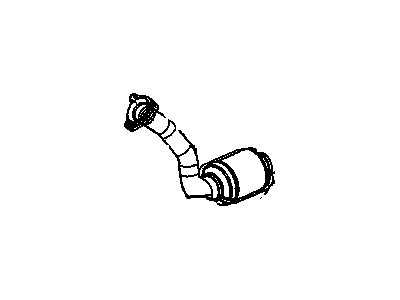My Garage
My Account
Cart
Genuine GMC Sonoma Catalytic Converter
Cat. Converter- Select Vehicle by Model
- Select Vehicle by VIN
Select Vehicle by Model
orMake
Model
Year
Select Vehicle by VIN
For the most accurate results, select vehicle by your VIN (Vehicle Identification Number).
24 Catalytic Converters found
| Page 1 of 2 |Next >
1-20 of 24 Results
GMC Sonoma Catalytic Converter
Catalytic Converter in GMC Sonama vehicles is part and parcel of emission mechanism, which transforms dangerous gases like Carbon Monoxide, Hydrocarbons, and Oxides of Nitrogen into less hazardous substances like water, Carbon Dioxide and Nitrogen. Usually consisting of a honeycomb of monolithic construction with the catalyst materials of platinum, palladium, and rhodium, the converter helps in redox reactions to bring this change. Numerous causes like a faulty engine or by affecting through impact can cause a converter to fail and one might witness poor performance, roaring sound and Check Engine light on. For even better performance, high flow performance catalytic converters are produced and you have a choice of the direct fit or universal catalytic converter which has to be cut to the required pipe size and pinned into position. In total, the use of the catalytic converters within automobiles such as GMC Sonoma has led to the reduction of noxious gases released to the atmosphere hence acknowledging the aspects of environmentalism and Measuring up to the standards of emissions.
Each OEM GMC Sonoma Catalytic Converter we offer is competitively priced and comes with the assurance of the manufacturer's warranty for the part. Furthermore, we guarantee the speedy delivery of your orders right to your doorstep. Our hassle-free return policy is also in place for your peace of mind.
GMC Sonoma Catalytic Converter Parts Questions & Experts Answers
- Q: What is the purpose of the catalytic converter in the exhaust system on GMC Sonoma?A: The catalytic converter is an emission control device added to the exhaust system to reduce pollutants from the exhaust gas stream. These systems are equipped with a single bed monolith catalytic converter. This monolithic converter contains a honeycomb mesh which is also coated with two types of catalysts. One type is the oxidation catalyst while the other type is a three-way catalyst that contains platinum and palladium. The three-way catalyst lowers the levels of oxides of nitrogen (NOx) as well as hydrocarbons (HG) and carbon monoxide (CO) emissions. The oxidation catalyst lowers the levels of hydrocarbons and carbon monoxide. If the PCM detects a reduction in the efficiency of the catalytic converter a code P0420 or P0430 will set. The test equipment for a catalytic converter is expensive and highly sophisticated. If you suspect the converter is malfunctioning, take it to a dealer service department or authorized emissions inspection facility for diagnosis and repair. Whenever the vehicle is raised for service of underbody components, check the converter for leaks, corrosion and other damage. If damage is discovered, the converter should be replaced. Because the converter is welded to the exhaust system, converter replacement requires removal of the exhaust pipe assembly. Take the vehicle, or the exhaust system, to a dealer service department or a muffler shop.
Related GMC Sonoma Parts
Browse by Year
2004 Catalytic Converter 2003 Catalytic Converter 2002 Catalytic Converter 2001 Catalytic Converter 2000 Catalytic Converter 1999 Catalytic Converter 1998 Catalytic Converter 1997 Catalytic Converter 1996 Catalytic Converter 1995 Catalytic Converter 1994 Catalytic Converter 1993 Catalytic Converter 1992 Catalytic Converter 1991 Catalytic Converter


